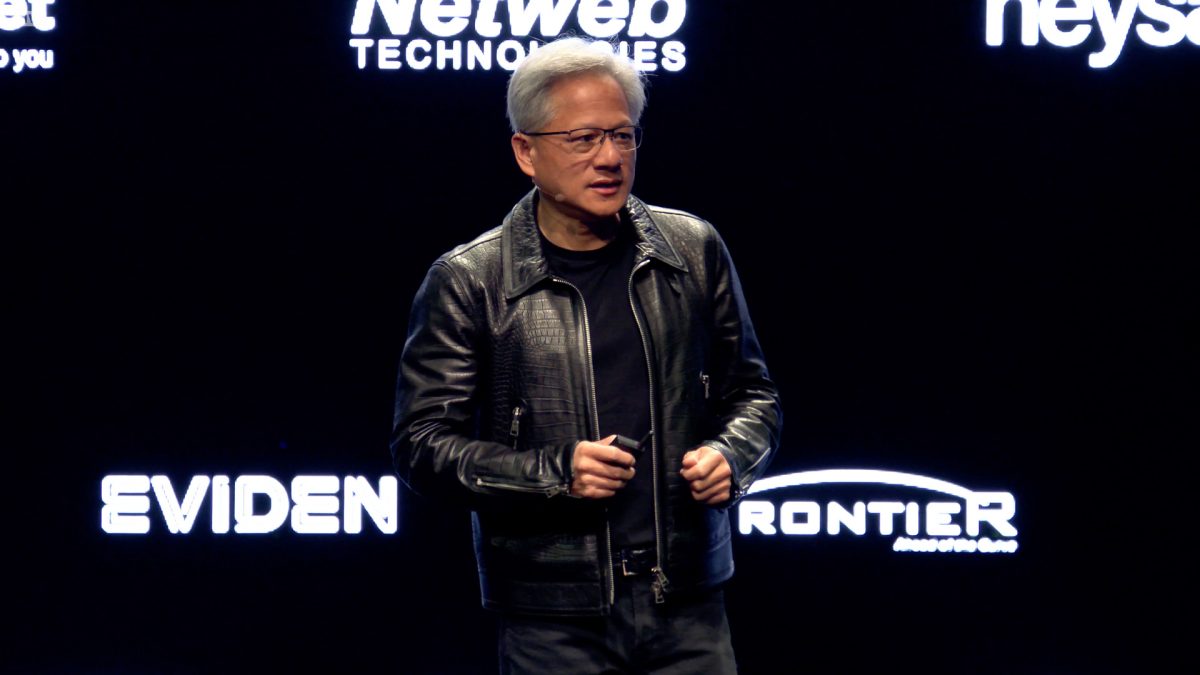With AI becoming more pervasive, tech companies require more comprehensive access to user data. Traditionally, user interactions with apps and files were siloed, but AI necessitates a more holistic view to connect activities across apps, websites, and communications read more
)
Users need to weigh the benefits of AI-driven features against the potential risks to their personal data. Image Credit: Pixabay
Apple, Microsoft, and Google are ushering in a new era of AI-enhanced smartphones and computers, promising to automate tasks such as photo editing and sending birthday wishes. However, this technological advancement comes with a significant demand: increased access to user data.
To enable these new AI capabilities, the companies require more comprehensive access to user data. Traditionally, user interactions with apps and files were siloed, but AI necessitates a more holistic view to connect activities across apps, websites, and communications.
Apple’s AI initiatives
Apple recently introduced Apple Intelligence, a suite of AI services integrated into its latest iPhones, iPads, and Macs. These services include automatic photo editing, web article summarization, and AI-driven responses to messages and emails. Siri is also being upgraded to provide more conversational and context-aware assistance.
Apple emphasizes processing AI data on devices to protect user privacy. However, tasks requiring more computational power will be sent to Apple’s servers, where data will be encrypted and promptly deleted. Apple claims that its employees will not have access to user data and that security researchers will be able to audit the technology to ensure compliance with privacy standards.
Despite these measures, there is uncertainty about which Siri requests may be processed on Apple’s servers, raising concerns about data security once it leaves the device.
Microsoft’s AI-powered laptops
Microsoft has launched AI-enhanced Windows computers, known as Copilot+ PCs, featuring new chips designed to keep data private and secure. These devices can perform tasks like image generation and document rewriting. A standout feature, Recall, allows users to search for documents, emails, and websites by describing details, effectively providing a photographic memory.
Recall operates by taking screenshots every five seconds, storing and analyzing them directly on the PC. Although Microsoft states that the data will not be reviewed or used to improve AI, security researchers caution that such data could expose user activity if hacked. Due to these concerns, Microsoft has postponed the release of Recall indefinitely.
Google’s AI innovations
Google has also introduced AI-powered features, including a scam detector for phone calls, which listens in real time and alerts users to potential scams. This feature operates entirely on the device, ensuring that Google does not listen to calls.
Another notable feature, Ask Photos, allows users to query their photo libraries with questions like “When did my daughter learn to swim?” This functionality requires sending data to Google’s servers. In some cases, Google employees may review these interactions to address abuse or improve services, which means user data could be analyzed by the company.
Google claims its cloud infrastructure is secure, employing encryption and access control protocols to protect data. However, security researcher Matthew Green finds Google’s privacy approach to be less transparent compared to its counterparts.
As Apple, Microsoft, and Google integrate AI deeper into their devices, the trade-off between convenience and privacy becomes more pronounced. Users need to weigh the benefits of AI-driven features against the potential risks to their personal data. The companies’ assurances of security and privacy measures are crucial, but the inherent risks of data leaving personal devices cannot be ignored. As these technologies evolve, ongoing scrutiny and clear communication about data practices will be essential to maintain user trust.

 4 months ago
31
4 months ago
31
)
)
)
)
)
)
)
)
)
)
)
)
)
)
)
)
)
)
)
)
)
)
)
)
)
 English (US) ·
English (US) ·